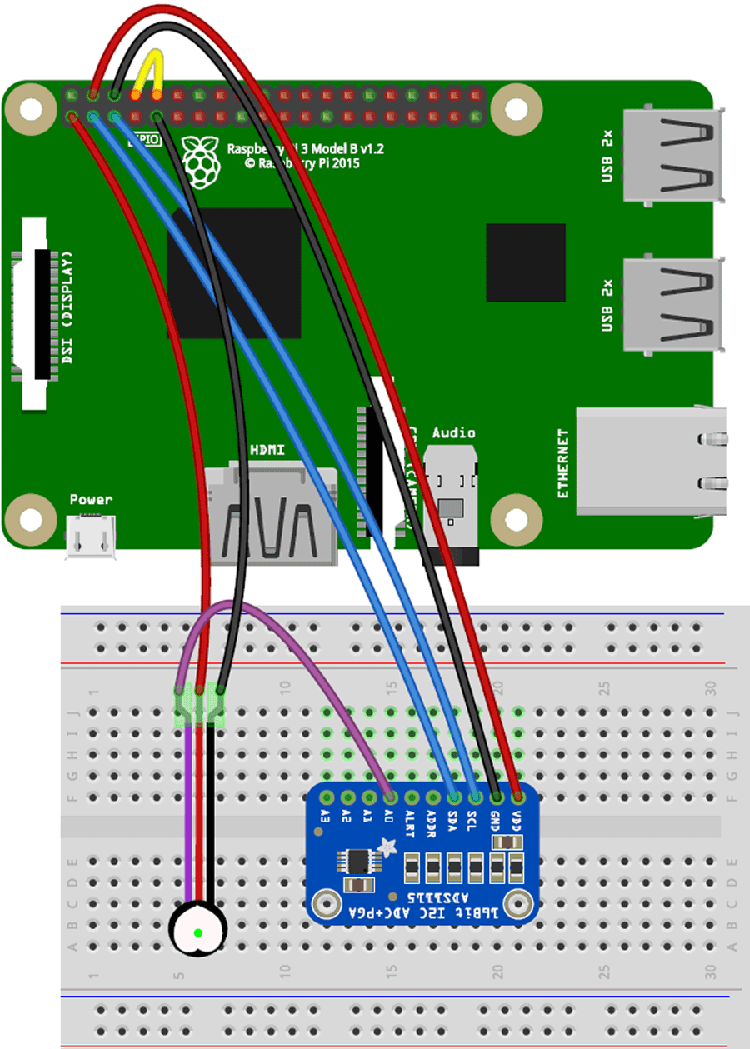Unlocking the potential of remote Raspberry Pi IoT projects has never been more accessible. With a variety of free tools and methods available, beginners can dive into the world of IoT without breaking the bank. This guide will introduce you to some essential techniques and platforms that make managing and controlling your Raspberry Pi devices remotely a breeze.
Whether you're setting up a home automation system or a fleet of IoT devices, understanding how to access and manage your Raspberry Pi from anywhere is crucial. In this beginner's guide, we'll explore different methods for achieving remote access, ensuring your projects remain flexible and manageable no matter where you are. Let's get started with an overview of the top methods and platforms for remote Raspberry Pi management.
When it comes to accessing your Raspberry Pi remotely, there are several effective methods to consider.
Secure Connections Through SSH
Secure Shell (SSH) offers a secure way to connect to your Raspberry Pi's terminal over unsecured networks. It’s simple to set up and provides a reliable method for managing your device from any location. By enabling SSH on your Raspberry Pi, you can execute commands and transfer files as if you were physically connected to the device. This method is ideal for users who prefer command-line interfaces and need quick access to their Pi’s functionalities.Beyond basic setup, SSH allows for advanced configurations such as port forwarding and tunneling, which enhance security and functionality. These features are particularly useful when working on complex IoT projects that require secure data exchange. Additionally, SSH clients are available across multiple platforms, making it convenient for users regardless of their operating system of choice. With its ease of use and robust security features, SSH remains one of the most popular methods for remote Raspberry Pi management.
Another aspect to consider is the integration of SSH with automation scripts, allowing for hands-off operation once initial configurations are complete. This automation capability streamlines routine tasks, freeing up time for more creative aspects of your IoT projects. Overall, mastering SSH not only enhances your ability to manage Raspberry Pi devices but also deepens your understanding of network security principles.
For those seeking a graphical interface,
VNC: Visual Control at Your Fingertips
Virtual Network Computing (VNC) provides a visual approach to remote Raspberry Pi management. Unlike SSH, VNC allows users to interact with their Pi’s desktop environment directly, offering a familiar and intuitive experience. Setting up VNC involves installing a server on your Raspberry Pi and a client on your local machine, enabling seamless interaction regardless of distance.VNC’s primary advantage lies in its ability to replicate the physical presence of interacting with your Raspberry Pi. This feature is invaluable for troubleshooting or configuring software that requires a graphical interface. Furthermore, VNC supports multiple simultaneous connections, allowing teams to collaborate effectively on IoT projects. The platform’s compatibility with various operating systems ensures accessibility from virtually any device.
Despite its benefits, VNC does demand more bandwidth compared to SSH due to the transmission of visual data. However, advancements in compression technologies have minimized this limitation, making VNC a viable option even for users with modest internet connections. As such, incorporating VNC into your toolkit broadens your capabilities for remote device management, especially when visual feedback is necessary.
For larger-scale IoT deployments,
Efficient Fleet Management with BalenaCloud
BalenaCloud presents an innovative solution for managing fleets of Raspberry Pi-powered devices. This cloud-based platform simplifies the development, deployment, and scaling processes, catering specifically to IoT applications. With the first ten devices managed for free, BalenaCloud offers an attractive entry point for both hobbyists and professionals alike.One of balenaCloud’s standout features is its ability to handle bulk deployments efficiently. Whether you’re setting up digital signage or creating website viewers, the platform automates many repetitive tasks associated with large-scale IoT implementations. Its intuitive interface enables users to monitor device health, push updates, and troubleshoot issues remotely, significantly reducing maintenance overheads.
In addition to these core functionalities, balenaCloud emphasizes security by encrypting all communications between devices and the cloud. This encryption ensures that sensitive data remains protected throughout its journey, instilling confidence in users deploying IoT solutions in diverse environments. Leveraging balenaCloud empowers users to scale their operations effortlessly while maintaining control over every aspect of their IoT ecosystem.
Unattended Access Solutions
Platforms like Zoho Assist provide unattended remote access capabilities tailored for Raspberry Pi and IoT devices. These tools facilitate support and troubleshooting by granting authorized personnel continuous access to designated machines. Consent-based mechanisms ensure privacy and compliance with industry standards, fostering trust among users.Zoho Assist stands out through its comprehensive suite of diagnostic tools designed to pinpoint issues quickly and accurately. These tools empower administrators to resolve problems swiftly, minimizing downtime and enhancing overall efficiency. Moreover, the platform supports bulk deployment configurations, streamlining the setup process for organizations managing numerous Raspberry Pi units.
By integrating consent-based unattended access into your workflow, you gain flexibility in managing remote devices without compromising security or user consent protocols. Such features are indispensable for maintaining operational continuity in expansive IoT networks where manual intervention isn’t always feasible. Adopting solutions like Zoho Assist equips you with the resources needed to tackle challenges inherent in modern IoT deployments effectively.

